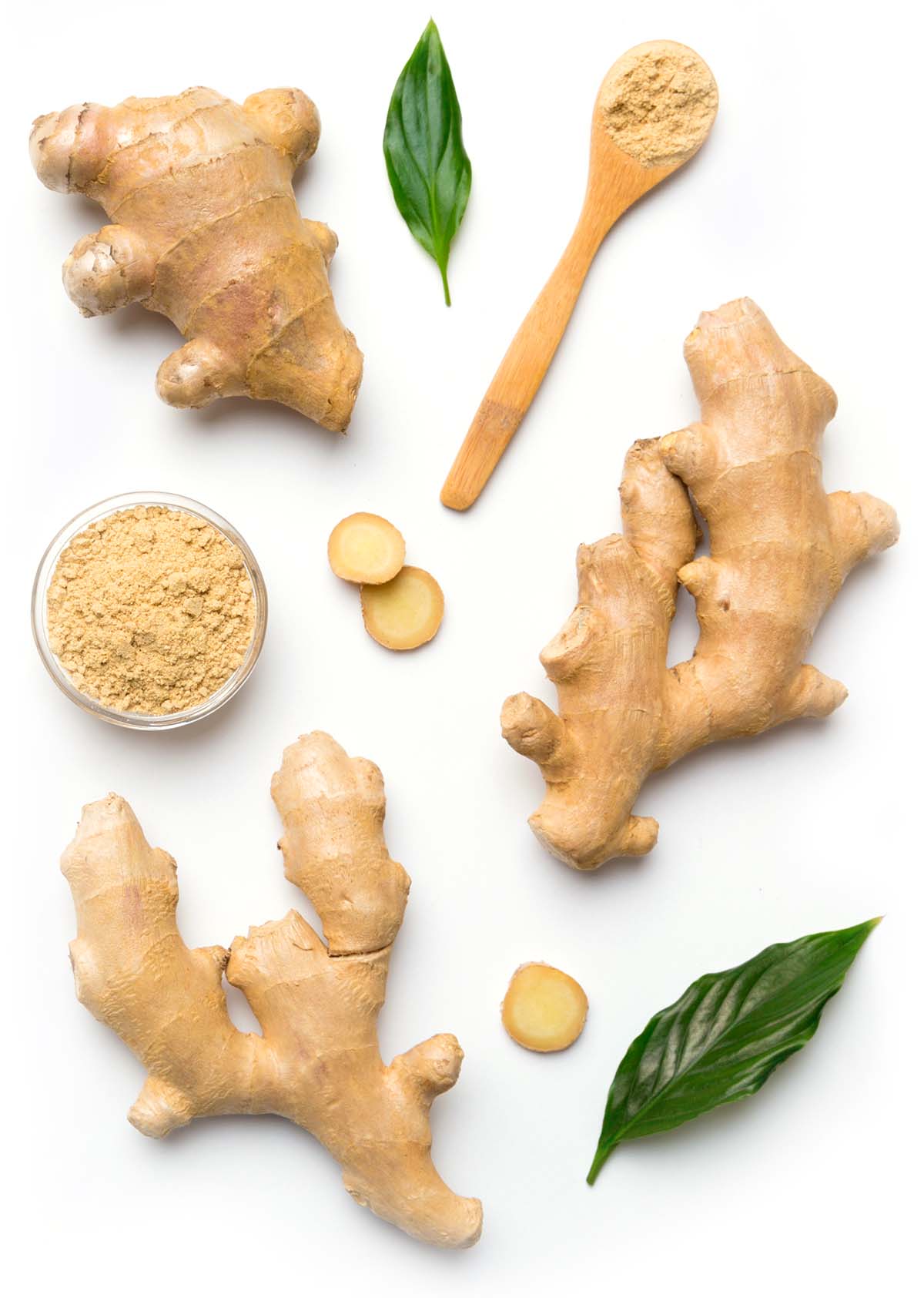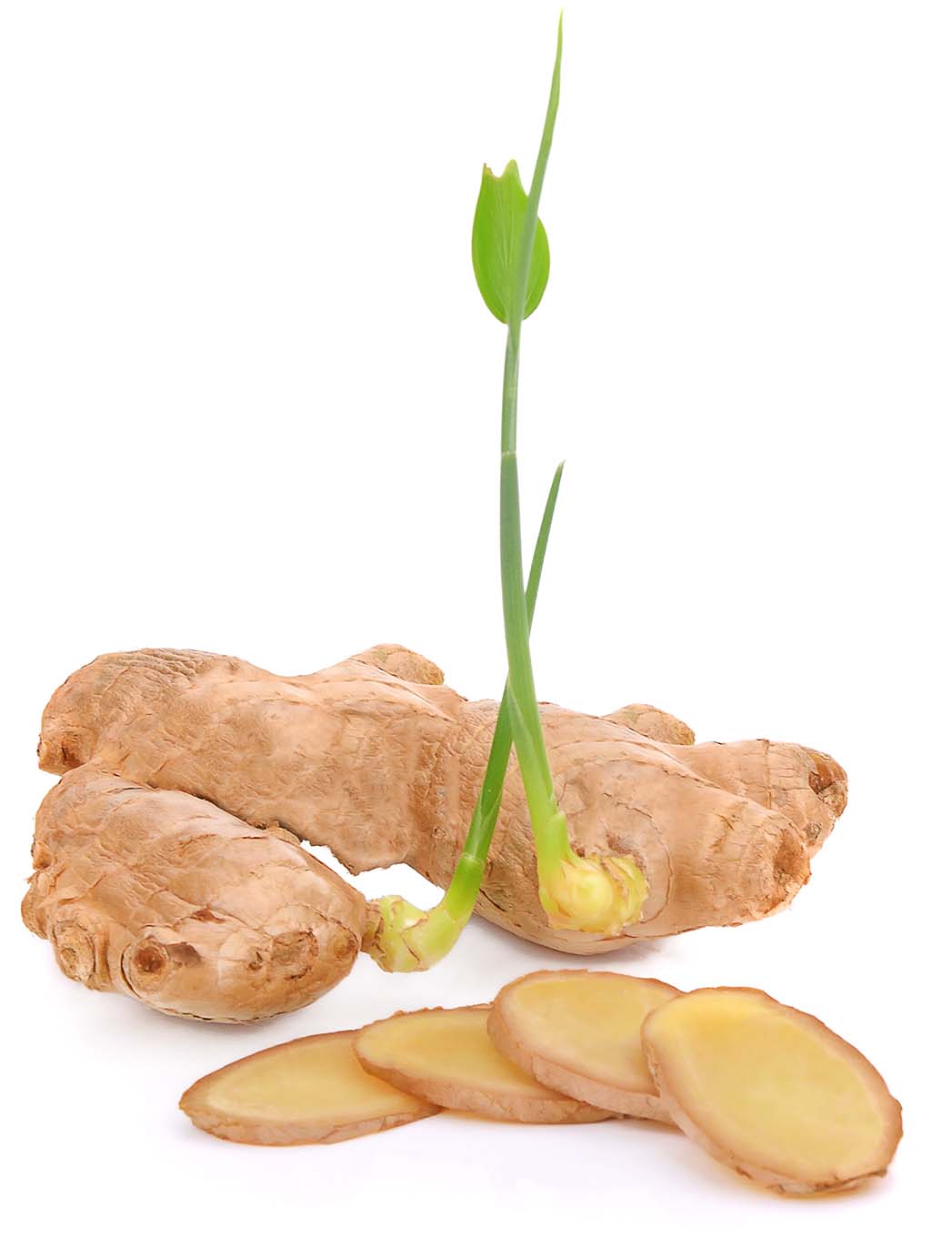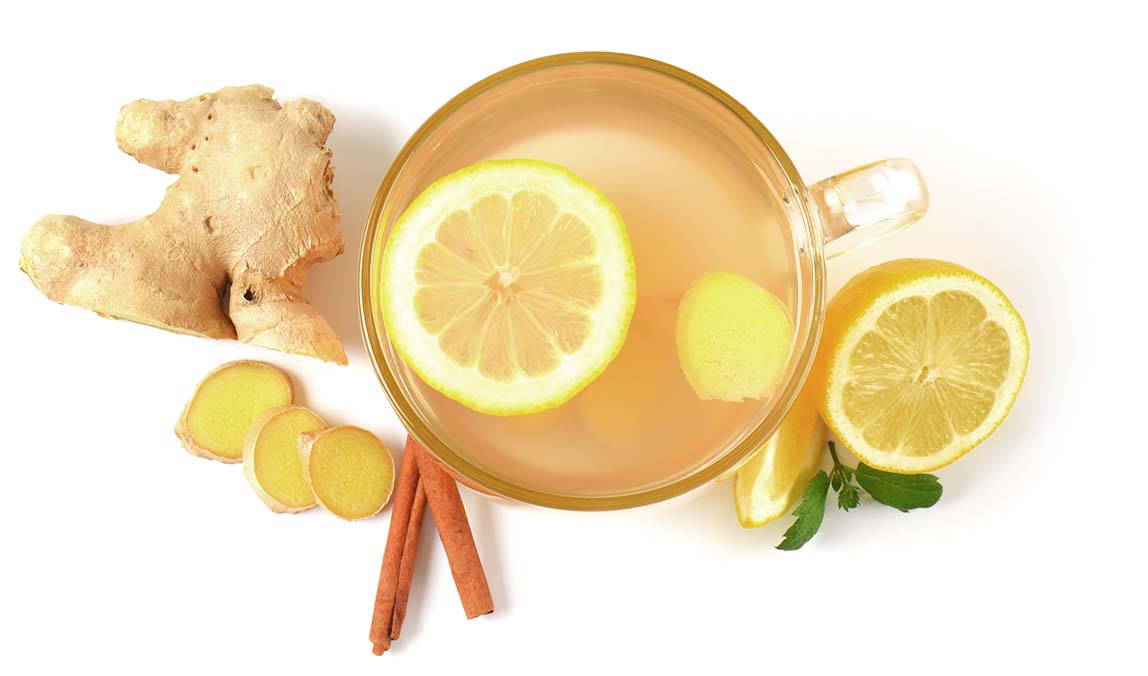featuring
GINGER
it's hot stuff
Gingerbread Cookies and Pumpkin Spice Lattes have more in common than being a symbol of the cooler months: ginger. Ginger can often be one of those back-of-the-cupboard spices you might have bought a few years ago and rarely use. [Note: it’s really time to refresh that.]
Ginger, on its own and particularly in its fresh form, can be pretty hot and pungent. It’s also described as a little citrusy and woodsy. The dried form is even more hot — around double the heat pungency — and the flavors slightly change. About a fifth of the flavor molecules evaporate, resulting in a slightly less citrusy, yet more aromatic spice.
Ginger’s main flavor compound, lending to its pungency and heat, is not actually a “flavor” at all. Similar to the compound in chilies and black pepper, it’s a chemical that creates an illusion of heat. Think of it as more of a sensation, with some flavorful notes on top.

*This article is by food blogger and Selefina creator Rena Sak (A Girl and a Spoon). At Selefina, we believe that cooking should be about exploring and experimenting with new ingredients. We hope having our creators share what they've learned about a spice will inspire others to go on their own journey.
ginger root, but not
Ginger, or botanically, Zingiber officinale, is also known as ginger root. Interestingly, ginger is not a root at all — it’s a rhizome, which is actually a stem that grows underground.
The ginger plant is a tropical rhizomatous flowering perennial plant (a fancy way of saying it's tropical, has underground stems, produces flowers, and regrows on its own). The ginger plant is also in the same family as turmeric and cardamom. It thrives in warm, humid climates, growing up to 3 feet tall. The rhizomes are typically harvested 2-5 months after planting for young or fresh ginger, or 8-10 months if it’s to be dried.
The rhizome’s main flavor compound, which activates the tongue’s heat receptors giving us that illusion of heat, is gingerol. When dried, gingerol converts to shogaol, which has twice the heat. When heated even longer, these both turn into the much milder, and slightly sweeter, zingerone. So, longer cooking heat = less mouth heat.
ginger's travels
Ginger has a long, deep history of use stemming from tropical Asia to Europe to the Caribbean. Today, ginger is mainly cultivated on India’s Malabar Coast, which produces about 50 percent of the world’s fresh crop.
The first written record of ginger appears in Analects of Confucius, written sometime between 475-221 BCE. In its dried and preserved forms, it was one of the first Asian spices to be brought to Ancient Europe by Arab traders around the 4th Century.
By the Middle Ages, ginger was widely used for both savory and sweet dishes and drinks alike. Gingerbread, ginger beer, and ginger ale are some better-known precursors to the versions we enjoy today.
Tradition holds ginger in high regard for overall wellness, thanks primarily to those compounds gingerol and shogaol. Many still reach for ginger in some shape or form for more than its taste.
The main dish my Filipina mother made me when I was unwell growing up was Filipino Arroz Caldo, a simple chicken and rice porridge topped with lots of fresh ginger. Whether it helped shorten my cold is debatable, but it always warmed my soul - and still does.
Ginger tea, ginger chews, and (non-alcoholic, low-sugar) ginger beer were more recently part of my daily routine during bouts of pregnancy-related morning sickness. It’s pretty safe to say that ginger and I have been good friends for a very long time.

Dried Ginger is widely used in Western cuisine for sweeter dishes or drinks. It is also a star ingredient in most pumpkin pie spice blends. Since it’s so pungent, I do find ginger is best used, well, gingerly.
Ginger-flavored baked goodies are typical around Europe and North America throughout the Christmas season and beyond. Ginger cookies, like crispy gingerbread men, chewy ginger molasses cookies, the Dutch Speculaas, and the German Lebkuchen are some of my favorites. Cakes and bread are also a perfect medium for ginger to shine.
Due to dried ginger’s heat and sharpness, pairing it with other spices and sweeteners, such as cloves, cinnamon, sugar, or molasses, will help tame and balance the flavors.
-
Get Creative with Dried Ginger
- Add to the base of savory soups, stews, or casseroles with a slightly sweet vegetable, e.g. sweet potatoes, squash, pumpkin, or carrots
- Add to a poaching syrup for poached fruit, or when making a quick fruit compote (try with mangoes or apples)
- Add to your sweet potato pie, carrot cake, or banana bread. It’s also a great addition to rye bread.
- Add to a custard sauce, like Crème anglaise, along with complementary spices, to make a luscious addition to anything from donuts to French toast
Crystallized Ginger is made from fresh ginger peeled, sliced, and boiled until softened, making it pliable and less fibrous. It is then candied with sugar and cooked longer until it reaches a translucent pale yellow.
It’s more traditionally used in baked goods, like fruit cakes, or eaten on its own or as part of a trail mix.
-
Get Creative with Crystallized Ginger
- Add finely chopped or sliced crystallized ginger as a topping for coconut rice for added texture and punch
- Simmer in a bit of hot water to create a syrup for drink mixers
- Add it to fruit cakes, such as the German Stollen or Italian Panettone

Ginger contains multiple flavor compounds, making it a super complex spice with spicy-hot, floral, herbal, lemony, and eucalyptus-like notes. For more...
- Pungency add chili or black pepper
- Floral Notes add cinnamon, nutmeg or cacao
- Zestiness add lemongrass or coriander
- Freshness add laurel bay or cardamom
AVAILABLE
AVAILABLE
AVAILABLE
AVAILABLE
AVAILABLE
AVAILABLE
AVAILABLE
Fresh or dried, ginger has been a staple in my life since childhood for both savory and sweet goodies. Whether it was for pure enjoyment or for when I was feeling under the weather, ginger has been a consistent comfort, accessible wherever I was in the world. That said, I know it’s a unique flavor that not everyone is accustomed to (like my husband!). I hope that learning how to work with the various forms of ginger, and how to pair ingredients and spices with it, helps this spice make its way from the back of the cupboard to the front (or at least the middle). — Rena Sak
